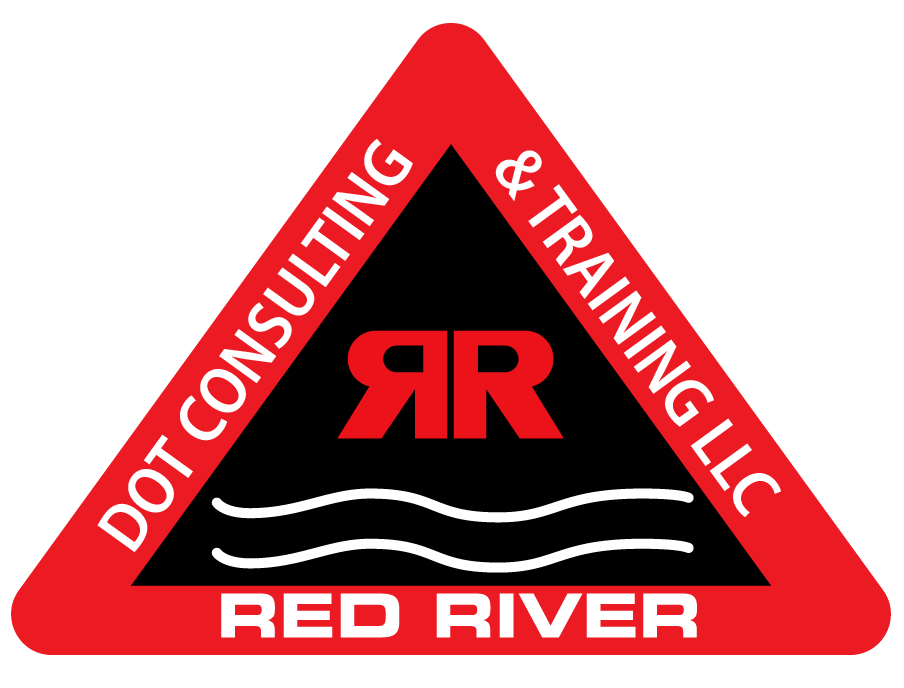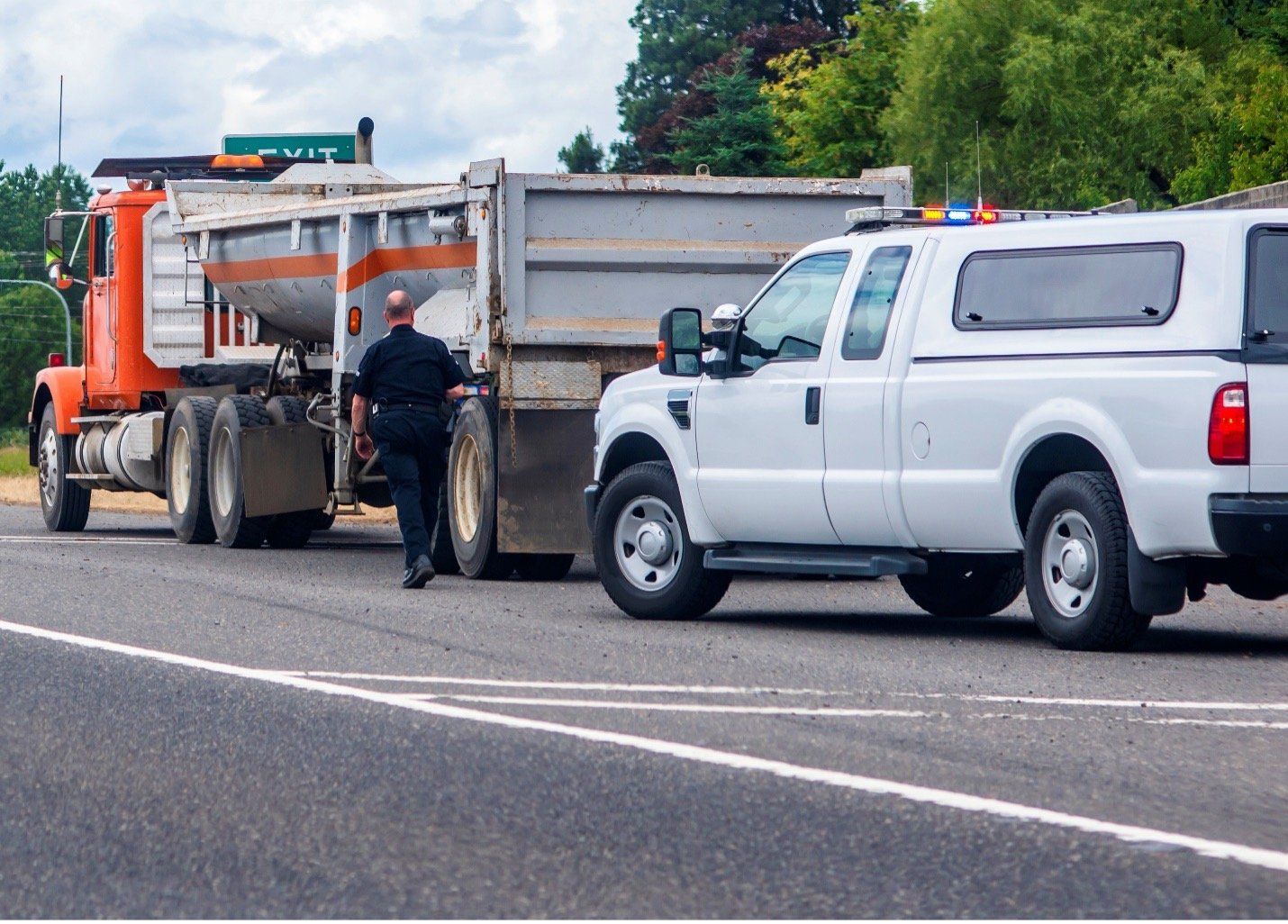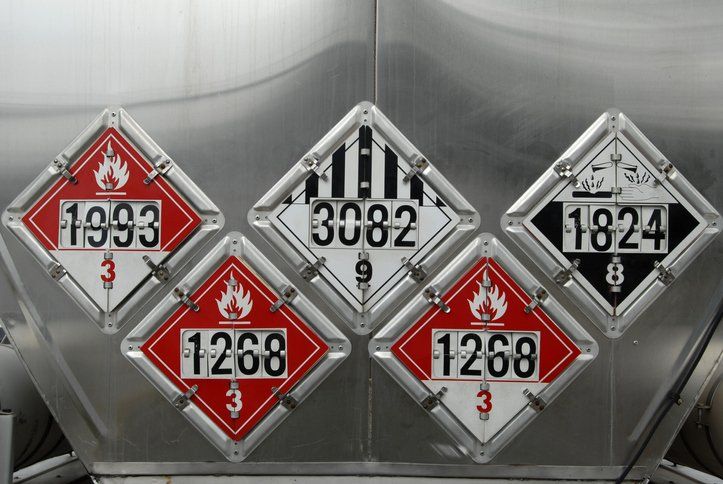Steps for Implementing your HM Security Plan
In previous Blogs we discussed; who is required to have an HM Security Plan and how to write an HM Security Plan. Now, you have determined that you are a HAZMAT hauler required to have an HM Security Plan, and you've already written an HM Security Plan. All that is left is for you to put that plan into action. The US DOT, through the Research and Special Programs Administration, does lend a helping hand. It can be found in the Risk Management Self Evaluation Framework.
The RMSEF document, as developed by the Research and Special Programs Administration agency, helps you construct and then implement your plan in the following three steps.
Action: Put your plan into motion
You are required, as a HAZMAT hauler, to always have an HM Security Plan for as long as you are handling HAZMAT hauls. It should always be in writing. The security plan is meant to educate your employees responsible for handling the HAZMAT hauls. This is subject to their security clearance or any background investigations, and whether they are on a need-to-know basis.
Copies of the security plan have to be available to the people responsible for developing and implementing them. The copies should be accessible at their workstations and electronically. Those documents should also be available to the official Department of Transport and Department of Homeland Security personnel upon request.
It is upon you as a company to revise or update the security plan annually. Every time you make an amendment or revision to the document, you should furnish the responsible employees with an updated copy of your HM Security Plan.
Verification
Setting a security plan in place is just one part of ensuring it works. The other part is to actually verify that, should anything happen, the security plan you have put in place will hold up, or even defeat the threat.
What this means is that you will have to set up monitoring protocols that ensure the activities your employees are undertaking proceed according to plan. Determine whether the protocols are working by having a third party make the assessment.
That's where we at Red River come in. We offer security plan assessment services to companies with DOT numbers. The assessment takes a look at vulnerabilities in your plan that could be exploited for sabotage or terrorist attacks. If we uncover any breaches, we communicate promptly, so you can make the changes as fast as possible.
Evaluation
Goals are just that unless you can track them and measure their impact on your operations. Having Key Performance Indicators in place should help you determine whether you are making progress. Cost-effective performance indicators include the following:
● Training records for HAZMAT employees that include in-depth security training.
● Logging unauthorized entries into your company's facilities.
● Safety and security records for HAZMAT transportation, storage, and loading.
● Monitoring property damage or theft.
● Tanker security and maintenance.
● Active monitoring with devices for warehouses, yards, truck holding areas, and others.
It's important that your company completes the security plan and puts it into action. Violation of the HAZMAT regulations can attract heavy fines and penalties such as civil penalties up to $84,425, for each contravention. If the violations lead to serious injuries and illnesses, or even death and destruction of property, the civil penalty rises to $196,992.
Training violations draw a civil penalty amounting to $508, while criminal violations may result in imprisonment, fines, or both.
Why You Need the Risk Management Self Evaluation Framework
As a company involved in hazardous material transportation, you know the best way to handle your operations. This includes how you fulfill your staffing requirements, your facilities, and so much more. How you have set up your operations could be totally different from the company closest to you.
The security options recommended for one company may not be the best fit for your operations. Therefore, you need to come up with a plan that works according to the operational conditions.
The RMSEF is the tool that helps you come up with a security plan while taking into context the working environment your company functions in. The above steps are expounded further in the RMSEF to help you take a comprehensive look at the position your company's operations are in, and then come up with a viable security plan.
The guiding principles of the RMSEF are geared towards successfully managing risks that a hazard material handler and transporter such as yourself could be facing. The principles include:
● Forming strong partnerships with the parties involved in the securing, and transporting of hazardous materials
● Getting commitment on the part of the management and workers to minimize the security risks
● Putting security risks at the forefront so that adequate resources are allocated
● Taking decisive action to reduce identified security threats
● Having a continuous commitment towards improvement
● Making communication clear to all concerned parties, to ensure every person involved understands their role, and is also aware of the relevant security risk information
● Placing an emphasis on a work culture that is focused on lessening risks and remaining vigilant during the day-to-day operations of the company
The RMSEF is designed to be used throughout all transportation modes, and to be flexible enough to provide you with a framework you can use to evaluate, mitigate, and eliminate security risks in your company.
Need help with a security plan?
An HM Security Plan is crucial to your operations as a HAZMAT hauler. Your company may not be at the same level of development as your closest competitors. As such, you may not have the requisite capacity to come up with the security plan by yourself. Your current capacity shouldn't be a cause for concern. It simply means you may need some level of outside help to get the job done.
In such a situation, getting a third party with the right mix of knowledge and experience to guide you through implementing your plan should be of the utmost importance to your company.
If you need help putting your completed security plan into place, don't hesitate to get in touch with us.


Follow Us
Call Us
Phone : (405) 246-5004
Phone : (713) 907-8133
Hours
Mon: 8:00AM-5:00PM
Tue: 8:00AM-5:00PM
Wed: 8:00AM-5:00PM
Thu: 8:00AM-5:00PM
Fri: 8:00AM-5:00PM
Sat: Closed
Sun: Closed
3750 West Main, Suite 212
Norman, OK 73072





